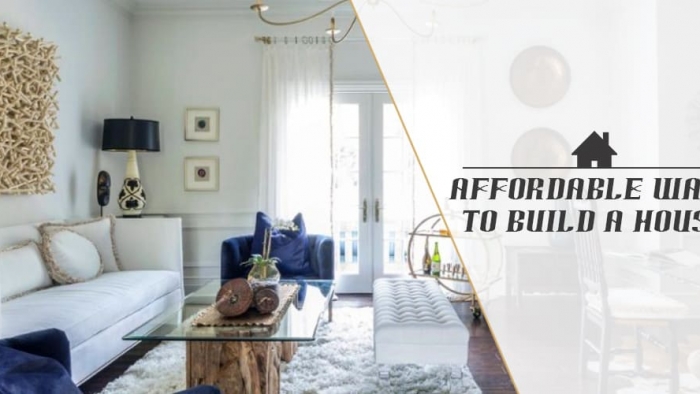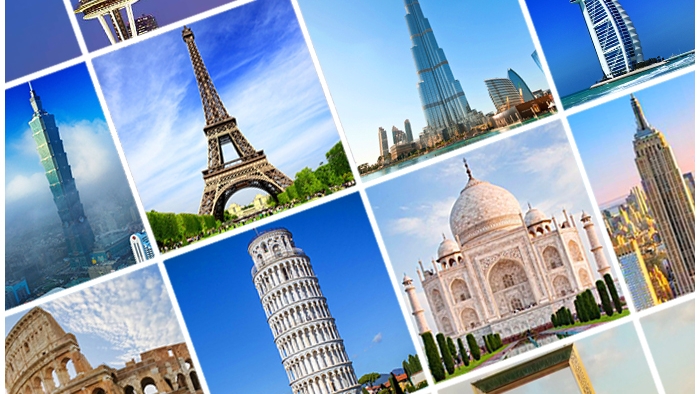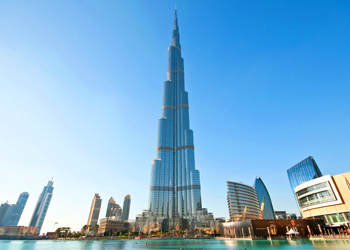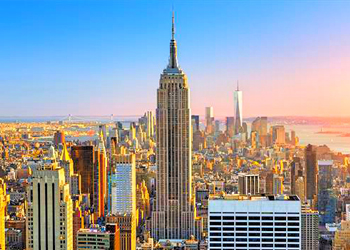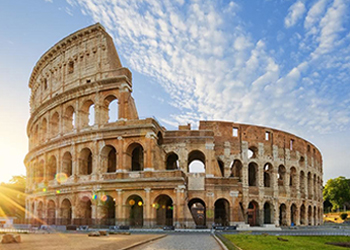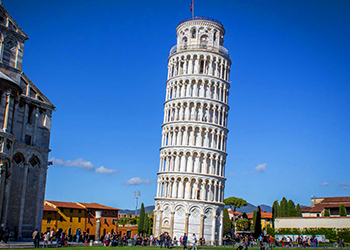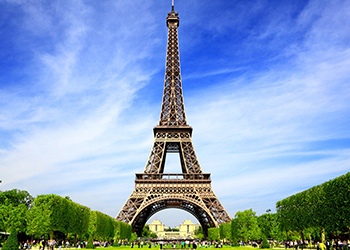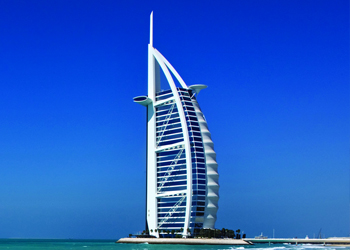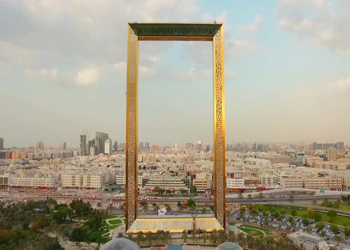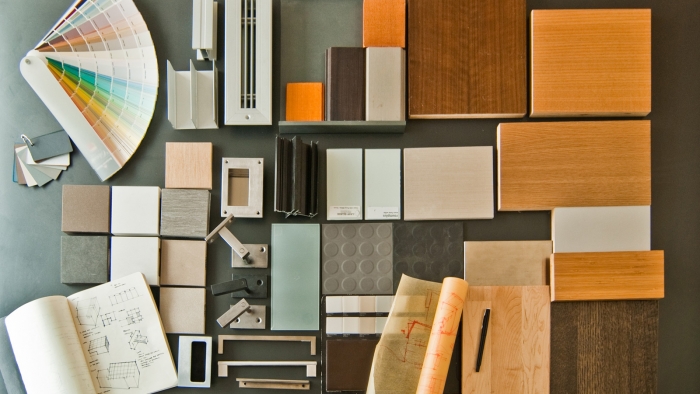Following are the 12 affordable ways to save money while building a new house on a budget: Low cost building Technique
- The first tip is to hire a good architect. A good architect shall give you:
- A good design- a good design equals a good house.
- Efficient floor plan-optimal room sizes/ no wastage.
- Sustainable design-low running/ maintenance cost.
- Good finishes-finishes usually carry the biggest cost.
- The second tip is to keep the design simple. A simple design means:
- Floor plan-square/rectangular plans are cost-effective.
- Open plan living-more daylighting and sociable living.
- Space utilization-multiple space functions.
- Roof design-complex roof design means more cost.
- Buy stock plans- a fraction of the professional fees
- Most of the plans can be amended on the site to suit the client’s needs with marginal costs.
- Most of these books are outdated and lack any serious professional and design input.
- Small is smarter
- Scale down-Get rid of stuff/space you do not need.
- Climate-design for regional climate.
- Space utilization-use some spaces for multiple functions, such as; Dining custom study.
- Hire the best builder- this is the most important tip.
- Minor variation-A home build on a budget.
- No time overruns- Build within the contract period.
- Good workmanship- A home built without shortcuts.
- Experience- Good connections with sub-contractors. Hence cheaper to buy in bulk at a discount.
- Bid out your costs- compare costs| call referrals
- The low quote could mean insufficient workmanship and it could result in expensive repairs and maintenance in the future.
- The optimal quote could mean a builder’s discount and nice connection with suppliers.
- The high quote could mean too many sub-contractors involved.
- Shop for fixtures and fittings yourself- a good architect will give you:
- Floor and wall tiles- colors and designs.
- Toilets, wash hand basins, kitchen sinks.
- Inbuilt ovens and cooker and sinks.
- Flat pack kitchen cabinets and wardrobes.
- Splurge strategically- the difference between being miserly and frugal.
- The public spaces-kitchen, dining, and lounge use a higher degree of finish.
- Private spaces-bedrooms, bathrooms, and laundry use basis finishes and budget fixtures.
- Internal doors-Paneled or solid core flush doors.
- External doors-Steel security doors or solid hardwood doors.
- Alternative construction methods
- Structurally insulated panels(EPS panels)
- Stabilized earth blocks (SEBS)
- Upcycled shipping containers
- Salvaging used materials- recycled materials and second-hand fixtures.
- Shop out your mortgage
- Cash down payment
- Interest rate
- Repayment period
- Choose your friends- Avoid peer pressure
- Do not fall to peer-pressure in the name of wanting to fit-in.
- Do not build someone else’s house/design.
- Manage the project- Don’t let the project run away from you.
- The project is executed as per the design.
- Stick to specifications and good workmanship.
- To avoid any project overruns.
- To avoid time overruns.
Triangle Homez is a construction firm in Kerala that provides all sorts of construction, building and interior designing services all across Kerala. Contact us for good workmanship and affordable pricing.

